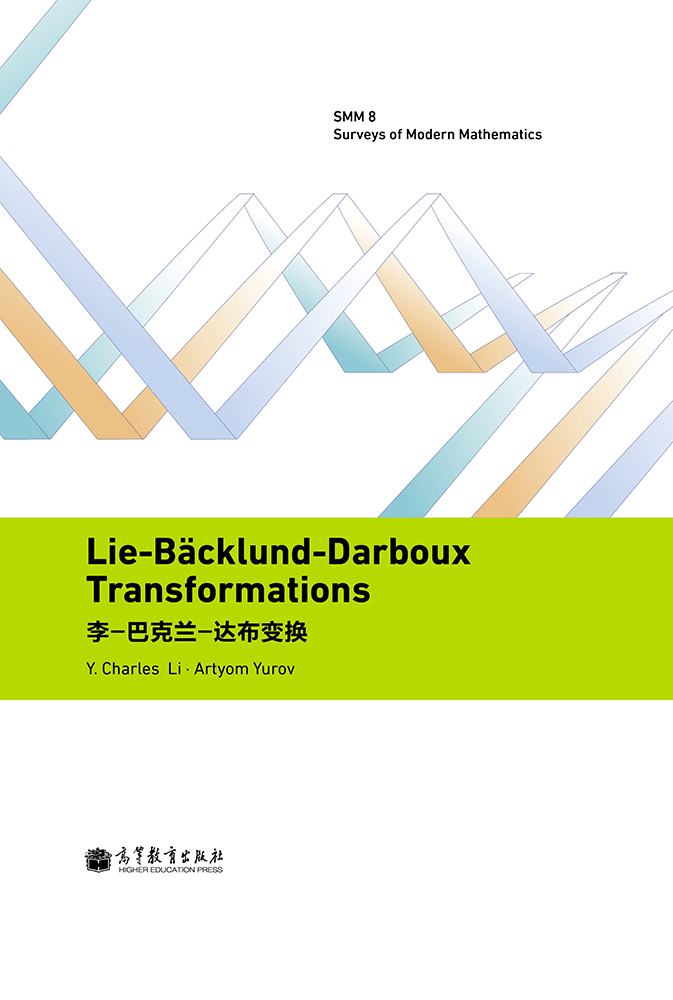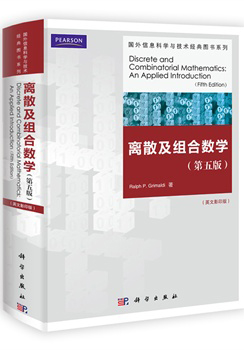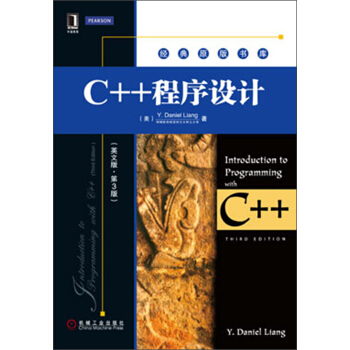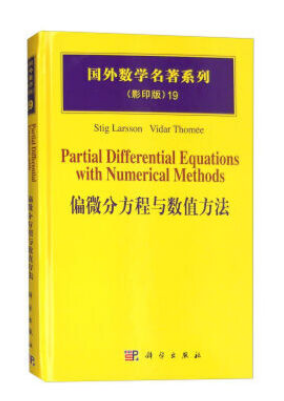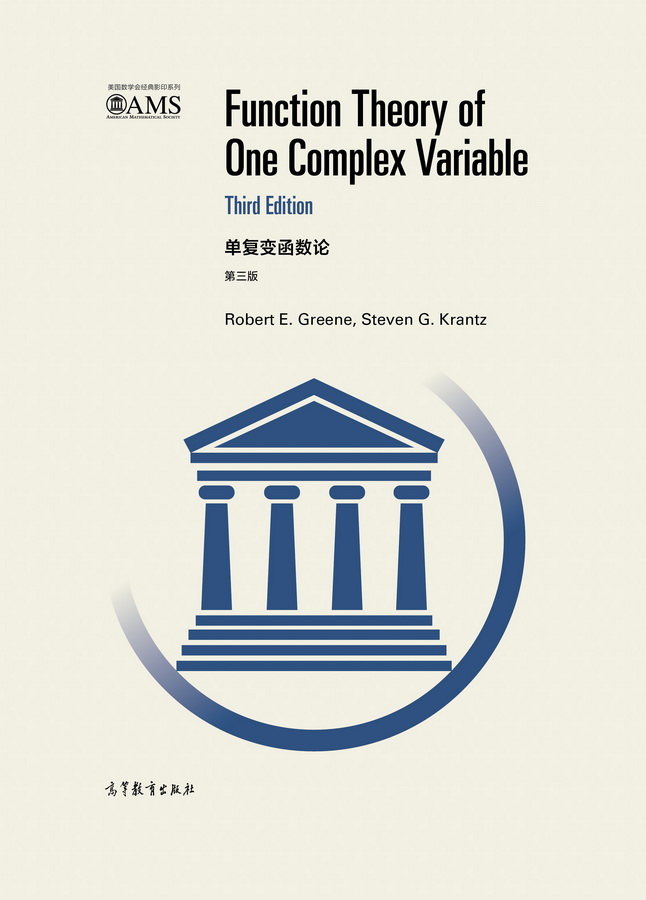材料力学(第5版)(影印版)
作者: R.C.Hibbeler
出版时间:2004-01-30
出版社:高等教育出版社
- 高等教育出版社
- 9787040140088
- 1
- 73934
- 0045154219-5
- 平装
- 16开
- 2004-01-30
- 400
- 848
《材料力学(第5版)(影印版)》重视基本概念、基本理论与基本方法的讲述,思路清晰,层次分明,既简明易懂,又论述严谨。全书选编了211个例题,通过这些例题,许多解题的方法与技巧,得到了具体而生动地揭示,提高了学生分析问题的能力。
本书在许多节的后面,均安排了“重点”与“分析方法”,这些提示对主要概念、理论与方法进行了高度概括,论述精要,对学生学习有很大的帮助。
本书第1与第2章分别讲述应力与应变的概念。第3章介绍材料的力学性能。第4,5与第6各章分别论述构件在轴向加载、扭转与弯曲时的应力与变形,涵盖线弹 性与非弹性,涉及应力集中与残余应力。第7章研究梁横向剪切时的应力,包括薄壁梁的剪流与剪心。第8章讨论组合载荷问题。第9与第1O章分别讲述应力与应 变的变换,在第10章还介绍了失效理论。第11章介绍梁与轴的设计,第12章研究梁与轴的位移。第13章讲述柱的稳定性。第14章讲述能量法,包括虚功原 理、单位载荷法、卡氏定理与冲击载荷问题。关于截面的几何性质则集中在附录A给出。
本书是一本优秀教材,其内容与我国当前高等工科院校材料力学的教学要求也相当接近,本书既可作为进行双语教学材料力学课程的基本教材,也可作为学习材料力学课程的主要参考书。
PREFACE xi
1 STRESS
1.1 Introduction
1.2 Equilibrium of a Deformable Body
1.3 Stress
1.4 Average Normal Stress in an Axially Loaded Bar
1.5 Average Shear Stress
1.6 Allowable Stress
2 STRAIN
2.1 Deformation
2.2 Strain
3 MECHANICAL PROPERTIES OF MATERIALS
3.1 The Tension and Compression Test
3.2 The Stress-Strain Diagram
3.3 Stress-Strain Behavior of Ductile and Brittle Materials
3.4 Hooke's Law
3.5 Strain Energy
3.6 Poisson's Ratio
3.7 The Shear Stress-Strain Diagram
3.8 railure of Materials Due to Creep and Fatigue
4 AXIAL LOAD
4.1 Saint-Venant's Principle
4.2 Elastic Deformation of an Axially Loaded Member
4.3 Principle of Superposition
4.4 Statically Indeterminate Axially Loaded Member
4.5 The Force Method of Analysis for Axially Loaded Members
4.6 Thermal Stress
4.7 Stress Concentrations
4.8 Inelastic Axial Deformation
4.9 Residual Stress
5 TORSION
5.1 Torsional Deformation of a Circular Shaft
5.2 The Torsion Formula
5.3 Power Transmission
5.4 Angle of Twist
5.5 Statically Indeterminate Torque-Loaded Members
5.6 Solid Noncircular Shafts
5.7 Thin-Walled Tubes Having Closed Cross Sections
5.8 Stress Concentration
5.9 Inelastic Torsion
5.10 Residual Stress
6 BENDING
6.1 Shear and Moment Diagrams
6.2 Graphical Method for Constructing Shear and Moment Diagrams 264
6.3 Bending Deformation of a Straight Member
6.4 The Flexure Formula
6.5 Unsymmetric Bending
6.6 Composite Beams
6.7 Reinforced Concrete Beams
6.8 Curved Beams
6.9 Stress Concentrations
6.10 Inelastic Bending
6.11 Residual Stress
7 TRANSVERSE SHEAR
7.1 Shear in Straight Members
7.2 The Shear Formula
7.3 Shear Stresses in Beams
7.4 Shear Flow in Built-up Members
7.5 Shear Flow in Thin-Walled Members
7.6 Shear Center
8 COMBINED LOADINGS
8.1 Thin-Walled Vessels
8.2 State of Stress Caused by Combined Loadings
9 STRESS TRANSFORMATION
9.1 Plane-Stress Transformation
9.2 General Equations of Plane-Stress Transformation
9.3 Principal Stresses and Maximum In-Plane Shear Stress
9.4 Mohr's Circle-Plane Stress
9.5 Stress in Shafts Due to Axial Load and Torsion
9.6 Stress Variations Throughout a Prismatic Beam
9.7 Absolute Maximum Shear Stress
10 STRAIN TRANSFORMATION
10.1 Plane Strain
10.2General Equations of Plane-Strain Transformation
10.3 Mohr's Circle-Plane Strain
10.4 Absolute Maximum Shear Strain
10.5 Strain Rosettes 508
10.6 Material-Property Relationships
10.7 Theories of Failure
11 DESIGN OF BEAMS AND SHAFTS
11.1 Basis for Beam Design
11.2 Prismatic Beam Design
11.3 Fully Stressed Beams
11.4 Shaft Design
12 DEFLECTIONS OF BEAMS AND SHAFTS
12.1 The Elastic Curve
12.2 Slope and Displacement by Integration
12.3 Discontinuity Functions
12.4 Slope and Displacement by the Moment-Area Method
12.5 Method of Superposition
12.6 Statically Indeterminate Beams and Shafts
12.7 Statically Indeterminate Beams and Shafts-Method of Integration
12.8 Statically Indeterminate Beams and Shafts-Moment-Area Method 628
12.9 Statically Indeterminate Beams and Shafts-Method of Superposition
13 BUCKLING OF COLUMNS
13.1 Critical Load
13.2 Ideal Column with Pin Supports
13.3 Columns Having Various Types of Supports
13.4 The Secant Formula
13.5 Inelastic Buckling
13.6 Design of Columns for Concentric Loading
13.7 Design of Columns for Eccentric Loading
14 ENERGY METHODS
14.1 External Work and Strain Energy
14.2 Elastic Strain Energy for Various Types of Loading 710
14.3 Conservation of Energy
14.4 Impact Loading
14.5 Principle of Virtual Work
14.6 Method of Virtual Forces Applied to Trusses
14.7 Method of Virtual Forces Applied to Beams
14.8 Castigliano's Theorem
14.9 Castigliano's Theorem Applied to Trusses
14.10 Castigliano's Theorem Applied to Beams
A GEOMETRIC PROPERTIES OF AN AREA
A.1 Centroid of an Area
A.2 Moment of Inertia for an Area
A.3 Product of Inertia for an Area
A.4 Moments of Inertia for an Area about Inclined Axes 784
A.5 Mohr's Circle for Moments of Inertia
B GEOMETRICAL PROPERTIES OF STRUCTURAL SHAPES
C SLOPES AND DEFLECTIONS OF BEAMS
D REVIEW FOR THE FUNDAMENTALS OF ENGINEERING
EXAM
ANSWERS
INDEX



